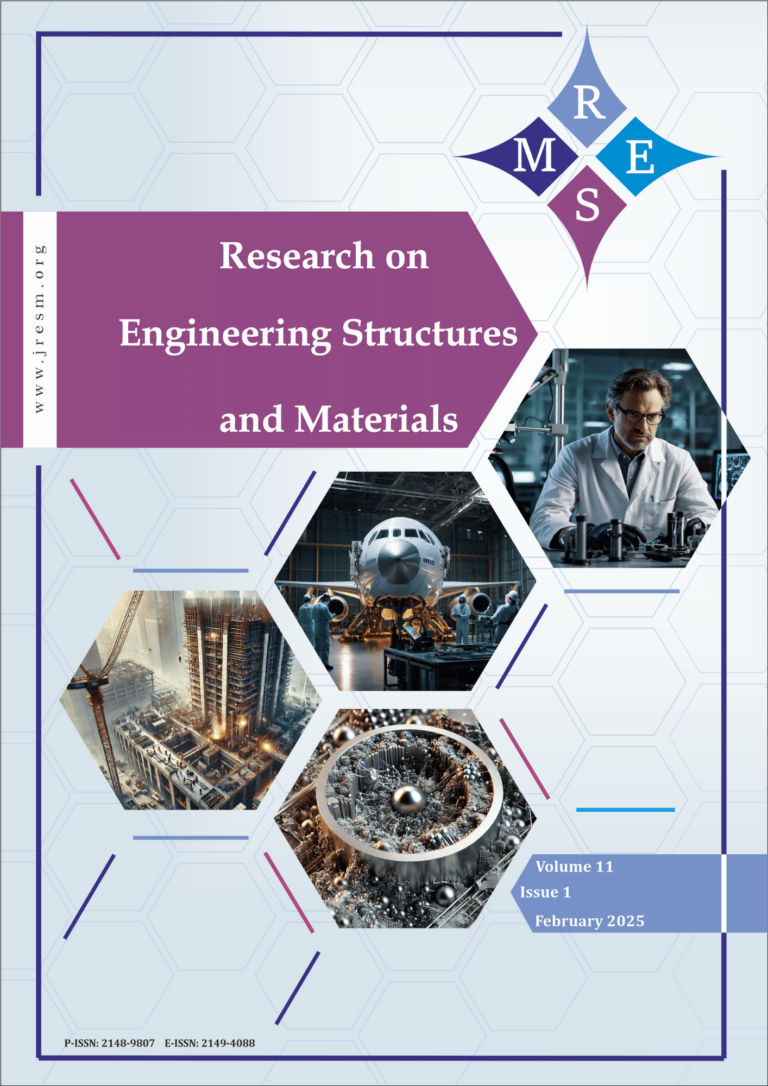Seasonal variation in aerosol optical depth (AOD) and study of PM2.5-AOD empirical relationship in Raipur, Chhattisgarh, India
Owing to urbanization and industrialization, PM2.5 (particulate matter with a diameter of less than 2.5 m) pollution has developed into a severe environmental issue. The limited geographical precision and inadequate coverage of PM2.5 measurement stations hinders research into the sources of contamination and the associated health hazards. The complex link between PM2.5 and aerosol optical depth (AOD), which is again confounded by meteorological conditions, makes retrieving PM2.5 from space difficult. AOD dataset was obtained from multiple satellite data retrieval tools including MERAA and OMI for the year 2020. Assessment of annual, seasonal and monthly AOD variation was carried out. The average aerosol optical depth obtained from OMI and MERRA is 1.60±0.56 and 1.33±0.12 respectively. Maximum AOD value was recorded in the summer, while the lowest value was recorded in the winter. Both the OMI and the MERRA AOD monthly change trends were similar, according to the comparative data. The months with the highest AOD values were July and October, and the months with the lowest AOD values were April and November. In the region, aerosol optical thickness (AOT) shows a significant seasonal change. Back-trajectory analysis indicated the contribution from local as well as distant sources. A significant association between PM2.5-AOD was found with R-square =0.71 with validated model showing good model performance and can be used for predicting future ground-based PM2.5 concentrations in the region. Substantial site-specific AOD-PM2.5 associations enable OMI AOD to be used to monitor pollution levels
